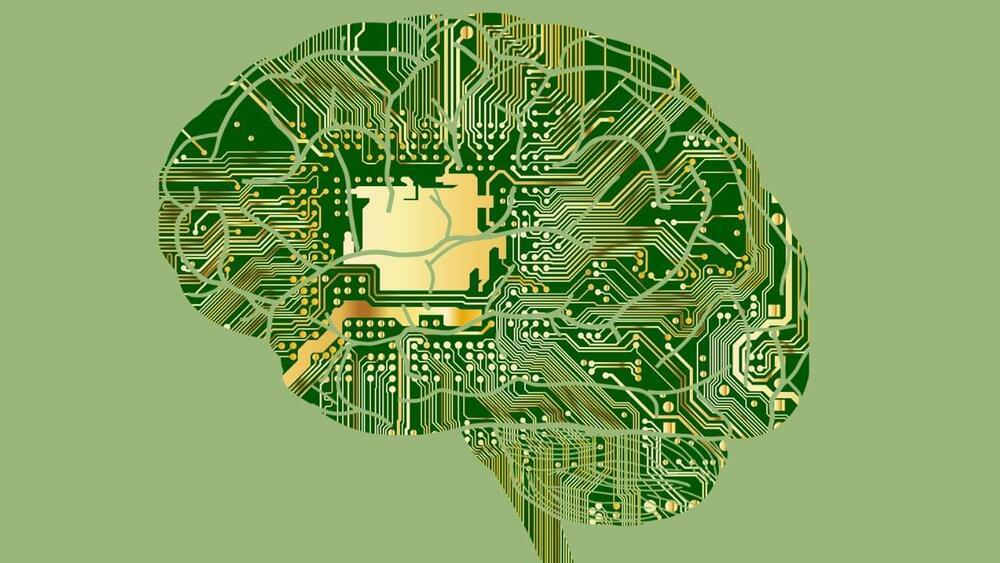😗😁😘 year 2023.
The world’s first supercomputer capable of simulating networks at the scale of the human brain has been announced by researchers at the International Centre for Neuromorphic Systems (ICNS) at Western Sydney University.
DeepSouth uses a neuromorphic system which mimics biological processes, using hardware to efficiently emulate large networks of spiking neurons at 228 trillion synaptic operations per second — rivalling the estimated rate of operations in the human brain.
ICNS Director, Professor André van Schaik says DeepSouth stands apart from other supercomputers as it is purpose-built to operate like networks of neurons, requiring less power and enabling greater efficiencies. This contrasts with supercomputers optimised for more traditional computing loads, which are power hungry.








